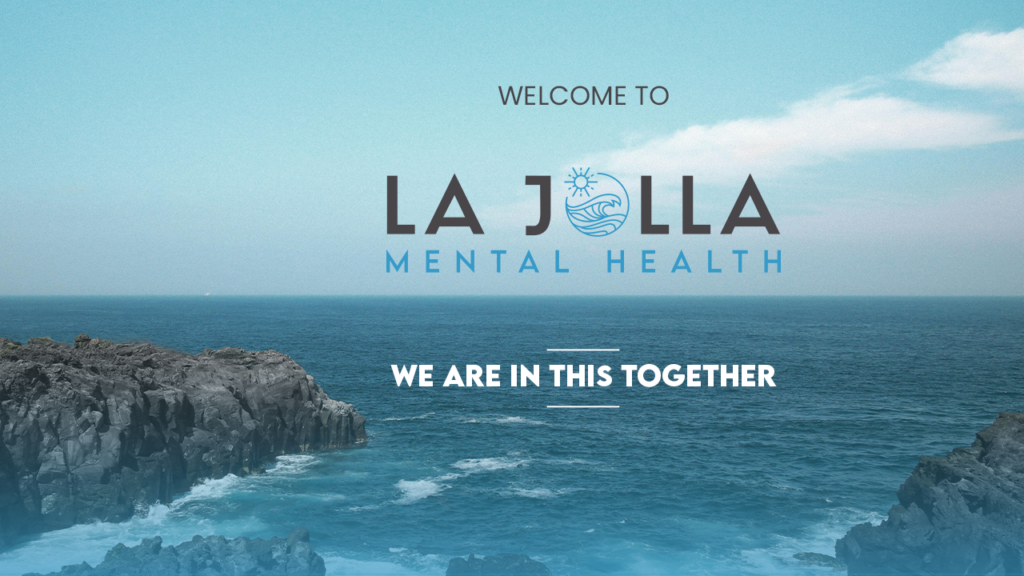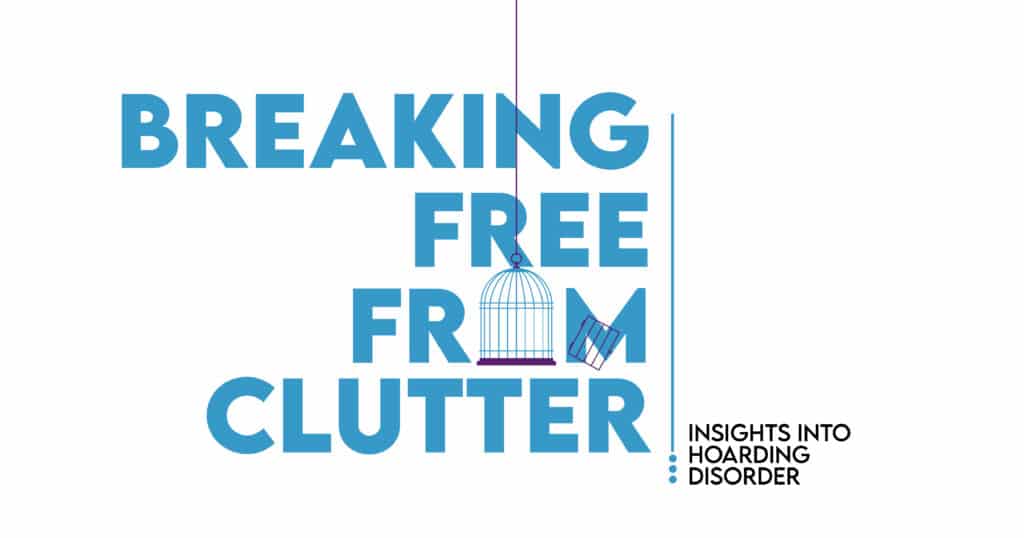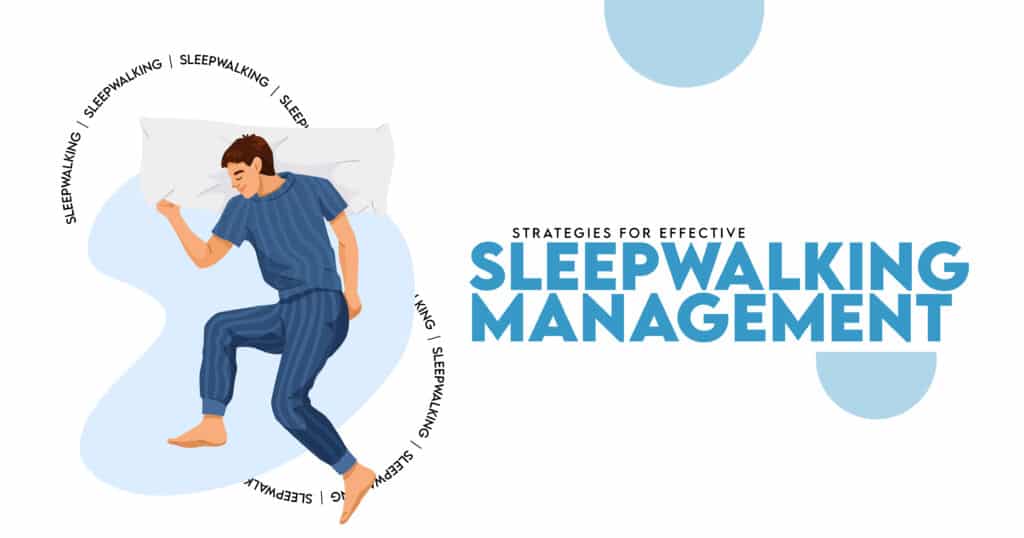Understanding Stress and Its Impact
What Is Stress?
Stress is our body’s natural response to demands or challenges. It triggers a complex reaction that involves the release of hormones like cortisol and adrenaline, preparing us to handle perceived threats. This “fight or flight” response can be helpful in short bursts, such as during an emergency or important presentation. However, when stress becomes chronic, it can take a toll on our physical and mental health.
There are two main types of stress:
- Acute Stress: This is short-term stress that arises from immediate challenges or pressures. It can be caused by a looming deadline, a tough conversation, or an unexpected problem. Acute stress can be intense but usually subsides once the situation is resolved.
- Chronic Stress: Unlike acute stress, chronic stress persists over a longer period. It can result from ongoing issues such as job dissatisfaction, financial problems, or relationship conflicts. Chronic stress can lead to serious health issues if not managed effectively.
Why Stress Management Matters
Managing stress is crucial for maintaining overall well-being. Chronic stress can negatively impact various aspects of our lives, including:
- Physical Health: Prolonged stress can lead to issues like high blood pressure, heart disease, digestive problems, and weakened immune function. It can also contribute to unhealthy habits such as poor diet and lack of exercise.
- Emotional Health: Stress can exacerbate feelings of anxiety, depression, and irritability. It can affect mood stability and make it difficult to cope with everyday challenges.
- Mental Health: Constant stress can impair cognitive functions such as memory, concentration, and decision-making. It can also lead to burnout and decreased productivity.
By actively managing stress, we can improve our physical health, enhance emotional stability, and boost our mental clarity. Let’s explore some effective strategies for managing stress in both immediate and long-term contexts.
Identifying Your Stressors
Recognizing Common Sources of Stress
Understanding the sources of your stress is the first step towards managing it. Here are some common stressors:
Work-Related Stress
Work is a significant source of stress for many people. Typical stressors include:
- Deadlines: Pressure to meet deadlines can create feelings of urgency and anxiety.
- Job Security: Concerns about job stability or potential layoffs can be stressful.
- Workload: Overwhelming workloads or unrealistic expectations can lead to burnout.
Personal and Family Stress
Personal and family-related stressors often include:
- Parenting Challenges: Balancing parenting responsibilities with other aspects of life can be demanding.
- Relationship Conflicts: Arguments or misunderstandings with loved ones can create emotional strain.
- Personal Responsibilities: Managing daily tasks and responsibilities, such as household chores and financial obligations, can contribute to stress.
Lifestyle and Health Stressors
Lifestyle choices and health issues also play a role in stress levels:
- Poor Diet: A diet high in processed foods and low in nutrients can affect mood and energy levels.
- Lack of Exercise: Physical inactivity can contribute to feelings of stress and anxiety.
- Chronic Health Conditions: Ongoing health issues, such as chronic pain or illness, can exacerbate stress.
Identifying your specific stressors helps you focus on addressing them and finding appropriate coping strategies.
Practical Strategies for Managing Stress

Immediate Stress Relief Techniques
Sometimes, we need quick fixes to alleviate stress in the moment. Here are some effective techniques:
Deep Breathing Exercises
Deep breathing is a simple yet powerful way to calm your mind and body. It helps activate the parasympathetic nervous system, which counters the stress response. Try this technique:
- Find a Quiet Space: Sit or lie down in a comfortable position.
- Inhale Deeply: Breathe in slowly through your nose for a count of four.
- Hold Your Breath: Pause for a count of four.
- Exhale Slowly: Breathe out through your mouth for a count of six.
- Repeat: Continue this process for a few minutes, focusing on the sensation of your breath.
Progressive Muscle Relaxation
Progressive muscle relaxation (PMR) involves tensing and then relaxing different muscle groups to release physical tension. Here’s a basic PMR exercise:
- Sit Comfortably: Find a quiet place to sit or lie down.
- Start with Your Feet: Tense the muscles in your feet for about five seconds, then relax them completely.
- Work Up the Body: Move up to your calves, thighs, abdomen, hands, arms, shoulders, neck, and face, repeating the tensing and relaxing process for each muscle group.
- Focus on Relaxation: As you relax each muscle group, focus on the sensation of letting go of tension.
Mindfulness and Meditation
Mindfulness and meditation help center your thoughts and promote relaxation. A simple mindfulness practice involves:
- Find a Comfortable Position: Sit or lie down in a relaxed position.
- Focus on Your Breath: Pay attention to the sensation of your breath entering and leaving your body.
- Observe Your Thoughts: Notice any thoughts that arise without judgment, then gently bring your focus back to your breath.
- Practice Regularly: Aim for a few minutes each day to build a consistent practice.
Long-Term Stress Management Strategies
In addition to immediate relief techniques, long-term strategies can help you manage stress more effectively:
Building a Balanced Routine
Creating a balanced routine helps prevent overwhelm and maintain overall well-being. Consider these tips:
- Schedule Downtime: Allocate time for relaxation and hobbies.
- Prioritize Tasks: Focus on completing important tasks first and delegate or defer less critical ones.
- Set Realistic Goals: Break tasks into manageable steps and set achievable deadlines.
Exercise and Physical Activity
Regular physical activity is a powerful stress reliever. Here’s how to incorporate exercise into your routine:
- Choose Activities You Enjoy: Find exercises that you find enjoyable, whether it’s walking, swimming, dancing, or yoga.
- Set a Routine: Aim for at least 30 minutes of moderate exercise most days of the week.
- Stay Active Throughout the Day: Incorporate movement into your daily activities, such as taking stairs or going for short walks.
Healthy Eating Habits
A nutritious diet supports stress management and overall health. Focus on:
- Balanced Meals: Include a variety of fruits, vegetables, whole grains, lean proteins, and healthy fats.
- Stay Hydrated: Drink plenty of water throughout the day to maintain hydration.
- Limit Caffeine and Sugar: Reduce consumption of caffeine and sugary foods, as they can contribute to anxiety and stress.
Quality Sleep
Good sleep is essential for managing stress and maintaining mental health. Improve your sleep hygiene with these tips:
- Establish a Sleep Schedule: Go to bed and wake up at the same time each day, even on weekends.
- Create a Relaxing Bedtime Routine: Engage in calming activities before bed, such as reading or taking a warm bath.
- Optimize Your Sleep Environment: Ensure your bedroom is cool, dark, and quiet for optimal sleep quality.
Developing Resilience and Emotional Well-Being
Building resilience and fostering emotional well-being can help you cope with stress more effectively:
Building Strong Social Connections
Having a supportive network is crucial for stress management. Strengthen your social connections by:
- Reaching Out: Stay in touch with friends and family, and make an effort to maintain meaningful relationships.
- Joining Support Groups: Consider joining support groups or communities related to your interests or challenges.
- Seeking Professional Support: If needed, seek support from therapists or counselors to address emotional concerns.
Setting Realistic Goals and Priorities
Setting clear and achievable goals can help reduce stress and increase productivity:
- Break Goals into Steps: Divide larger goals into smaller, manageable tasks.
- Prioritize Tasks: Focus on high-priority tasks and delegate or postpone less important ones.
- Celebrate Progress: Acknowledge and celebrate your achievements, no matter how small.
Learning to Say No

Setting boundaries and avoiding overcommitment are essential for stress management:
- Assess Your Limits: Be honest about your capacity to take on new responsibilities.
- Communicate Clearly: Politely decline additional tasks or commitments that exceed your limits.
- Practice Assertiveness: Assertively express your needs and boundaries without feeling guilty.
Conclusion
Creating Your Personal Stress Management Plan
Now that you’ve explored various strategies for managing stress, it’s time to create a personalized plan. Consider incorporating the techniques and practices that resonate with you into your daily routine. Start by setting small, achievable goals and gradually build on them.
Seeking Professional Help if Needed
If you find that managing stress on your own is challenging, don’t hesitate to seek professional help. Therapists, counselors, and stress management programs can provide valuable support and guidance.
Call to Action
Ready to take control of your stress? Start applying these strategies to your daily routine and experience the benefits of a calmer, more balanced life. Share your thoughts or additional stress management tips in the comments below, and don’t forget to subscribe to our newsletter for more helpful advice on living a healthier, happier life!
FAQs
1. What are the most common causes of stress in everyday life?
Common causes of stress include work pressures, family responsibilities, financial concerns, health issues, and relationship conflicts. Identifying specific stressors can help in finding effective management strategies.
2. How can deep breathing exercises help with stress management?
Deep breathing exercises activate the body’s relaxation response, reducing stress hormones and promoting a sense of calm. They help slow the heart rate and lower blood pressure, making it easier to handle stressful situations.
3. What are some quick stress relief techniques I can use during a busy day?
Quick stress relief techniques include deep breathing exercises, progressive muscle relaxation, mindfulness practices, and taking short breaks to stretch or walk. These techniques can provide immediate relief and help you stay focused.
4. How does regular exercise contribute to stress management?
Regular exercise releases endorphins, which are natural mood lifters. It also helps reduce levels of stress hormones like cortisol, improves sleep quality, and provides a constructive outlet for built-up tension.
5. When should I seek professional help for stress management?
Consider seeking professional help if stress becomes overwhelming, affects your daily functioning, or leads to persistent emotional or physical health issues. Therapists and counselors can provide specialized support and coping strategies.








